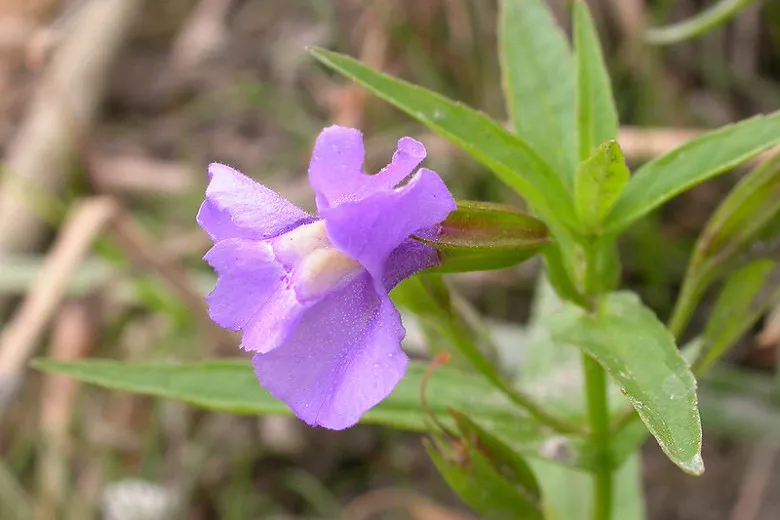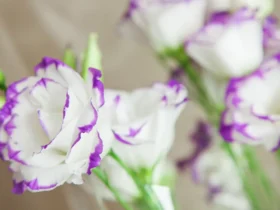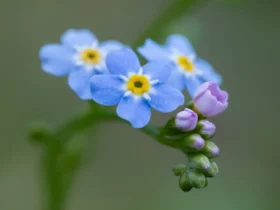Mimulus ringens, commonly known as Allegheny Monkey Flower, is a versatile and attractive perennial native to North America. This plant is characterized by its beautiful, asymmetrical blue-violet (sometimes pink or white) tubular flowers and lanceolate to oval green leaves.

Here’s what you need to know about growing and caring for Allegheny Monkey Flower:
Description:
- Allegheny Monkey Flower is a creeping, upright deciduous perennial. It features lanceolate to oval, sharply-toothed green leaves that measure 2-4 inches long (5-10 cm).
- The plant produces pale blue-violet (occasionally pink or white), 2-lipped, tubular flowers that are about 1 inch long (2.5 cm). These flowers bloom nearly continuously from early to fall.
- The attractive foliage and vibrant flowers make it a visually appealing addition to gardens.
Growth and Landscape Use:
- It typically reaches heights of 1-3 feet (3-90 cm) and spreads 10-12 inches wide (25-30 cm).
- Allegheny Monkey Flower thrives in part shade and performs best in fertile, moist to wet soils. It can tolerate full sun but must not be allowed to dry out.
- This plant is an excellent choice for water gardens, bog gardens, rain gardens, wet prairies, and meadows. It’s also well-suited as an edging plant for streams and ponds.
- Allegheny Monkey Flower can naturalize by creeping rhizomes and self-seeding under favorable conditions.
Maintenance and Care:
- There are no serious pest or disease issues associated with this plant. However, you should keep an eye out for slugs, snails, and powdery mildew.
- Deer tend to avoid this plant, making it a deer-resistant option.
- At the end of the season, it’s a good practice to cut back the old growth.
- Propagation can be done by seed.
Native Range:
- Native to eastern and central North America, Allegheny Monkey Flower is naturally found in various wet habitats, including wet meadows, swamps, stream and pond borders, floodplains, and drainage ditches.
In summary, Mimulus ringens or Allegheny Monkey Flower is a versatile and visually appealing perennial that is well-suited for wet or boggy areas in the garden. Its lovely flowers, adaptability to various moisture levels, and resistance to deer make it a valuable addition to landscapes and water gardens.








